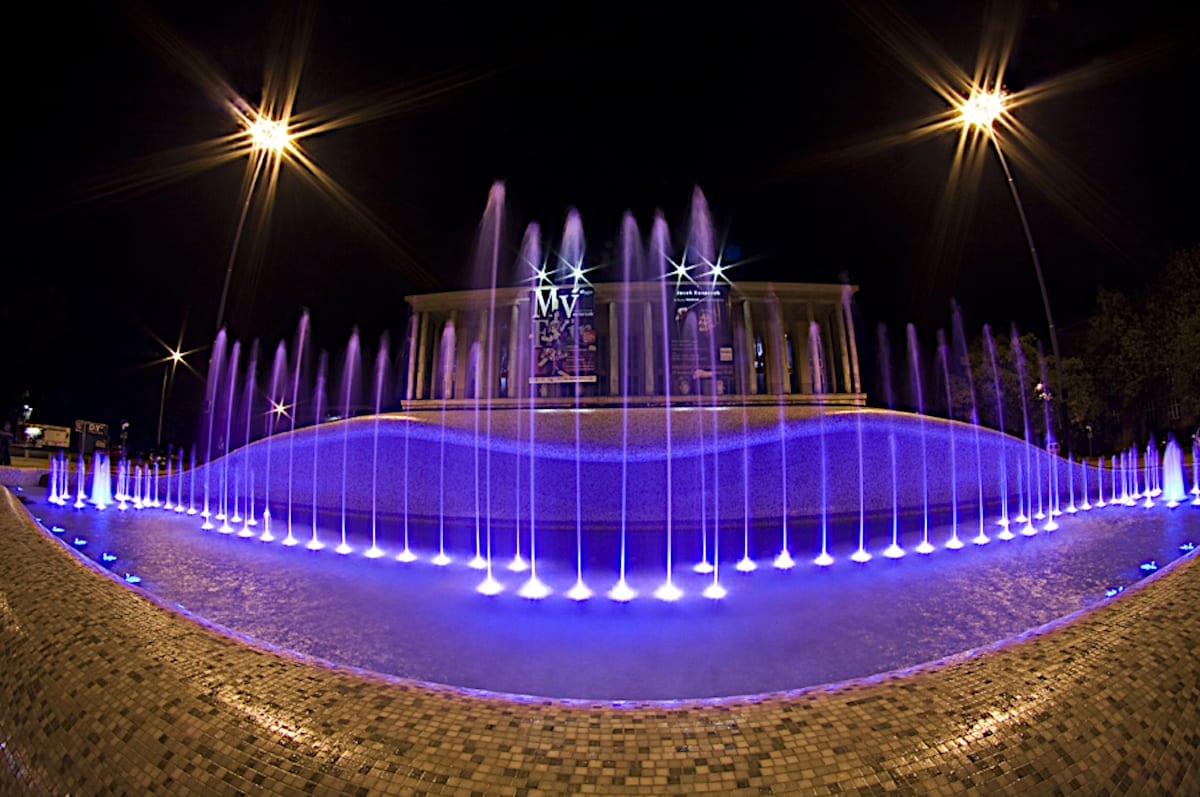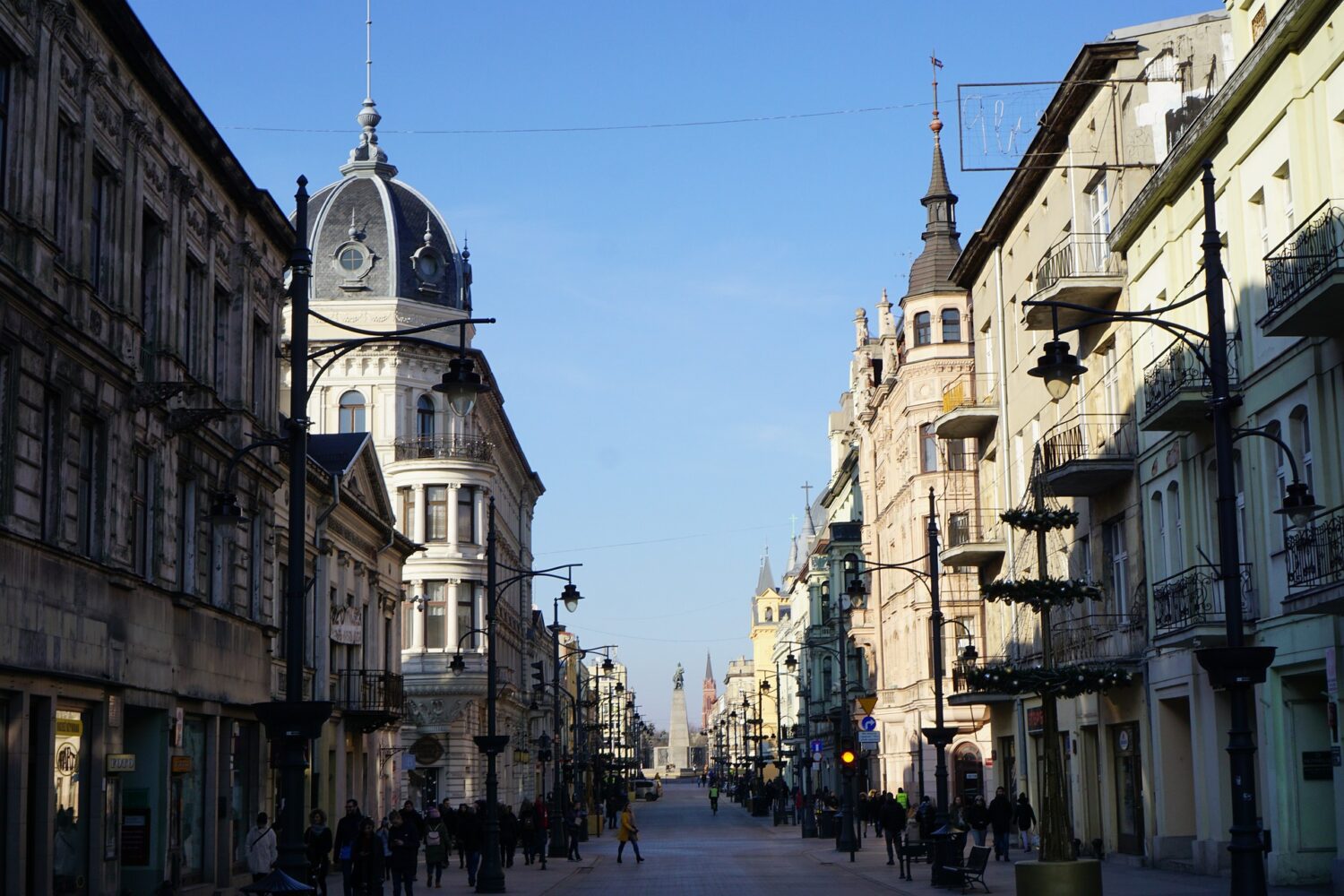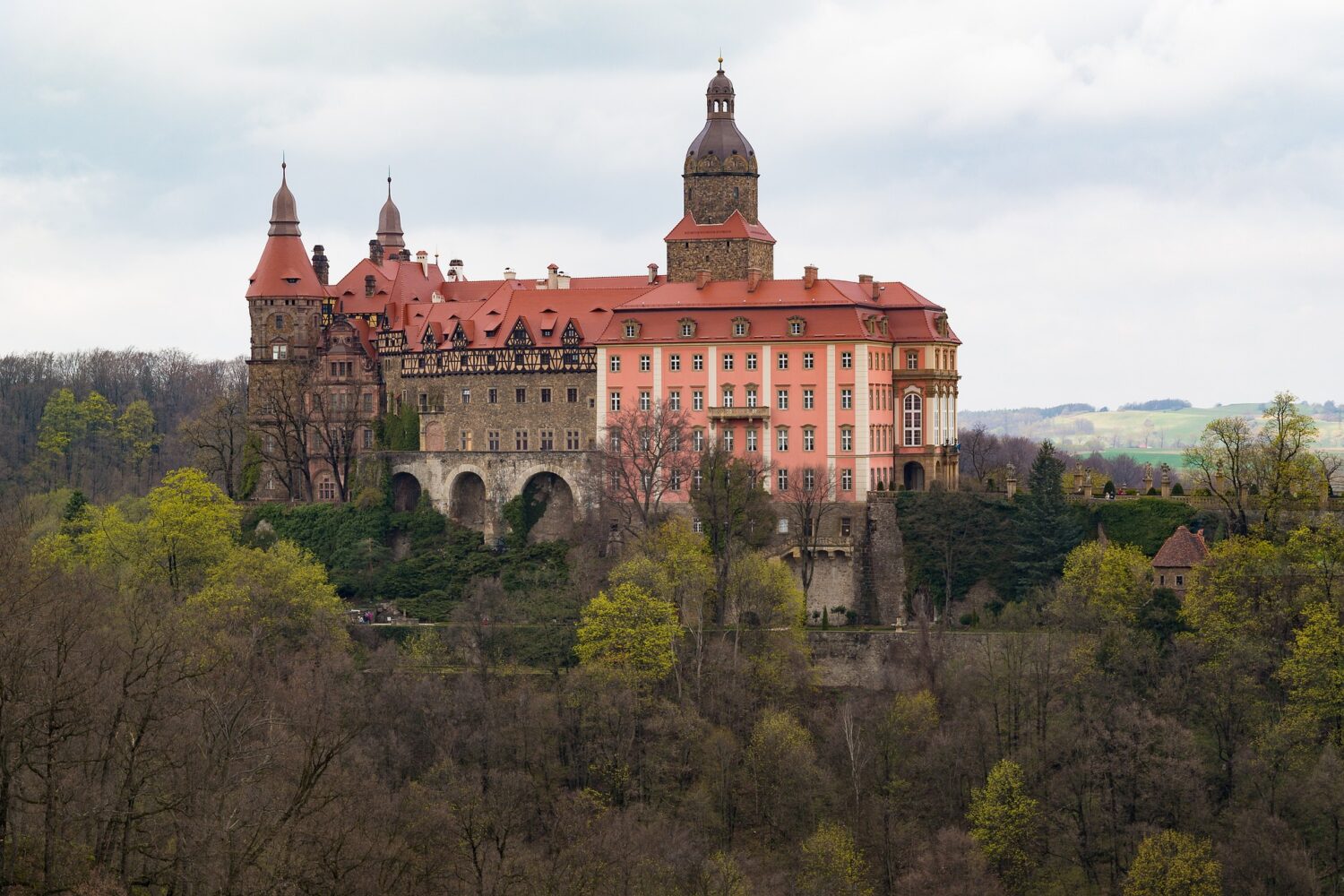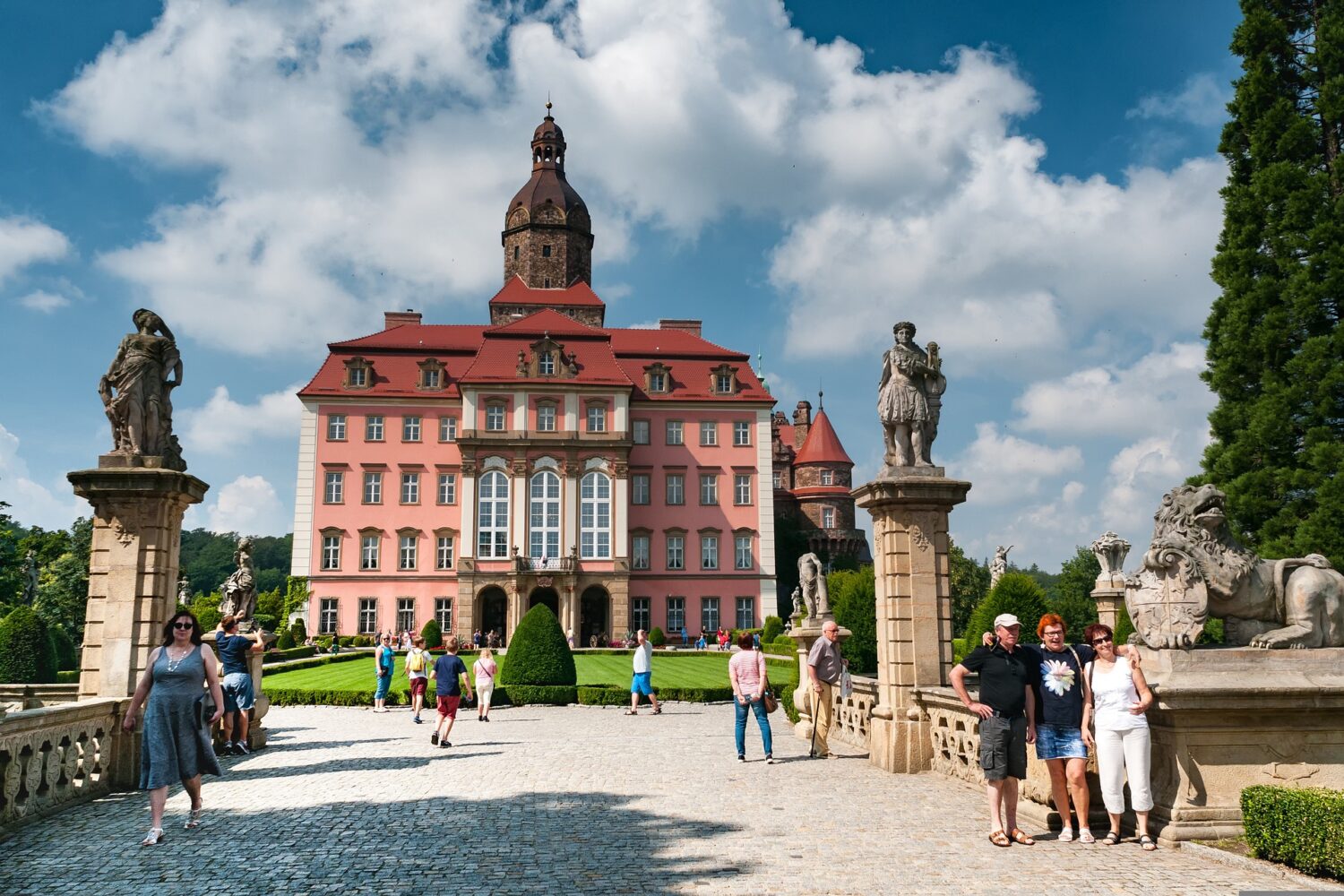Lodz (Lodzkie)
Lodz region
Łódź province – updated 19 January 2023.
The Lodz (Lodzkie) region in Poland is located in the central part of the country and is known for its rich history, cultural heritage, and economic development.

Lodz
The city of Lodz is the capital of the region and is known for its rich industrial heritage and cultural heritage. Lodz was once one of the most important textile centers in Europe, and many of the factories and mills from that era can still be seen today. The city also features several historic buildings, such as the Grand Theatre, which is a beautiful opera house, and the Poznanski Palace, which is a stunning example of Art Nouveau architecture.
Parks and gardens
The region is also home to several beautiful parks and gardens, such as the Botanical Garden of the Technical University of Lodz and the Piotrkowska Street Park, which is a beautiful park that runs along one of the main streets of the city. The region is also home to the Zdrowie Reservoir, which is a popular spot for swimming, boating, and fishing.
Museums
The Lodz region is also known for its rich cultural heritage. The city of Lodz is home to several museums, such as the Museum of Art, which features a collection of Polish and European art, and the Museum of the History of Lodz, which showcases the region's industrial heritage and the history of the city. The region is also known for its vibrant arts and music scene, and visitors can enjoy concerts, theater performances, and other cultural events throughout the year.
Industry and commerce
The region is also an important center of industry and commerce. The city of Lodz is home to several large manufacturing companies, including the Lodz Industrial Park, which is home to several leading companies in the automotive and electronics industries. The region is also home to several important research and development centers, such as the Institute of Textile Engineering and the Institute of Technical Sciences.
Unique blend
Despite its industrial development, the Lodz region remains a relatively undiscovered destination in Poland. Visitors to the area will find a unique blend of industrial heritage, rich culture, and beautiful landscapes that makes it a great destination for those looking to explore off the beaten path.

Tourist attractions
Some popular tourist attractions in the Lodz (Lodzkie) region of Poland include:
Piotrkowska Street: This is the main street in the city of Lodz, it is a pedestrian street and it is home to many cafes, restaurants, and shops. The street is also known for its Art Nouveau architecture, which is a must see for architecture enthusiasts
Museum of the History of Lodz: This museum showcases the industrial heritage and the history of the city of Lodz, it features a collection of artifacts and exhibits that provide an insight into the city's past.
Lodz Fabryczna: This is the main railway station of Lodz, it was built in 1866 and it is considered one of the most beautiful railway stations in Poland.
Manufaktura: This is a large shopping, entertainment and cultural complex, it was built on the site of an old textile factory, it features many shops, restaurants, cafes, a cinema and a theater.
Botanical Garden of the Technical University of Lodz: This garden is home to over 10,000 species of plants, it's a perfect place for nature lovers, and those who like to take a walk in a peaceful environment.
Zdrowie Reservoir: This reservoir is located on the outskirts of Lodz and it's a popular spot for swimming, boating, and fishing.
Lodz Film School: This film school is one of the most prestigious in Poland, it offers tours of its facilities and visitors can learn about the history of Polish cinema and the film-making process.
Piotrkowska Street Park: This park runs along one of the main streets of the city of Lodz, it's a beautiful park that offers a peaceful environment to enjoy a walk.
Grand Theatre: This is a beautiful opera house, it offers a wide range of performances throughout the year, from operas to ballets.
Poznanski Palace: This palace is a stunning example of Art Nouveau architecture and it's open to visitors, it's one of the most beautiful buildings in Lodz.
These are just a few of the many tourist attractions that can be found in the Lodz region of Poland. The region is home to a variety of museums, historic buildings, parks, lakes, and other points of interest that offer something for everyone.
FAQ
Q: What are the main towns and cities in the Lodz region of Poland?
A: The main towns and cities in the region include the city of Lodz, which is the capital of the region, and other smaller towns such as Pabianice, Zgierz, and Radomsko.
Q: What types of accommodation are available in the Lodz region?
A: The region offers a wide range of accommodation options, including hotels, guesthouses, hostels, and apartments. Visitors can find accommodations to fit any budget, from budget-friendly options to luxury accommodations.
Q: Are there any language barriers in the Lodz region?
A: The official language of the region is Polish, but many people in the region also speak English, especially in the tourist industry. Visitors may also find people who speak German and Russian.
Q: What is the cost of living in the Lodz region?
A: The cost of living in the region is relatively low compared to other parts of Europe. Visitors can find affordable accommodation and food, but prices can vary depending on location and the type of service or product.
Q: Are there any safety concerns in the Lodz region?
A: The region is generally considered safe for tourists. However, as with any destination, it's important to take the usual precautions and stay aware of your surroundings.
Q: Are there any religious or cultural events that take place in the Lodz region?
A: The region has a rich cultural heritage and many religious and cultural events take place throughout the year. Some of the most popular events include the Wieniawski Festival of Classical Music, the Lodz Film Festival, and the International Festival of Street Theatres.

